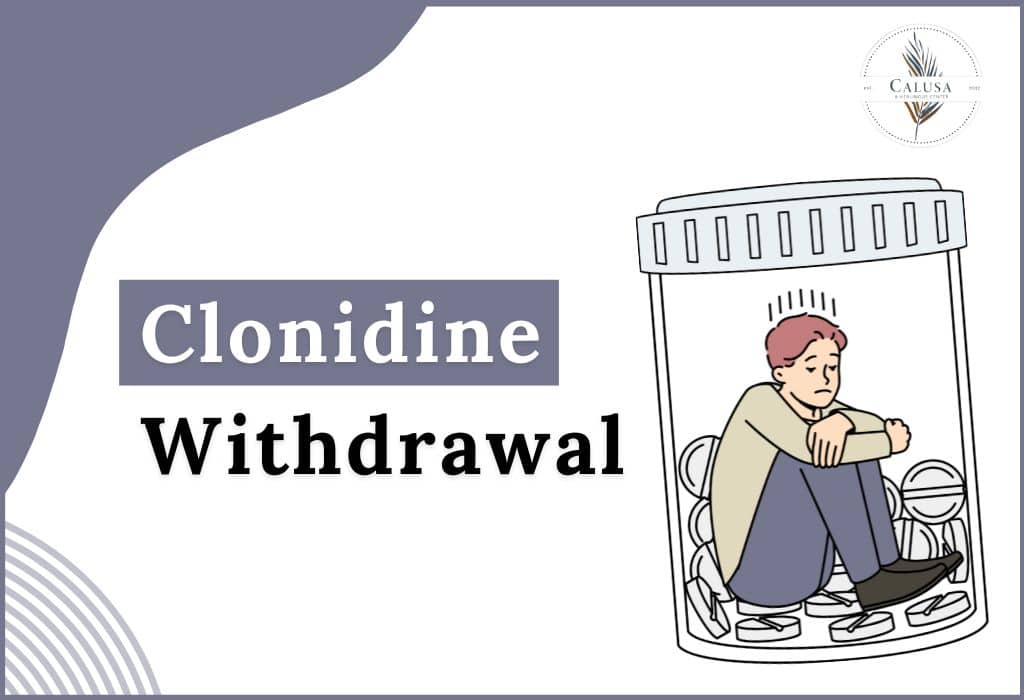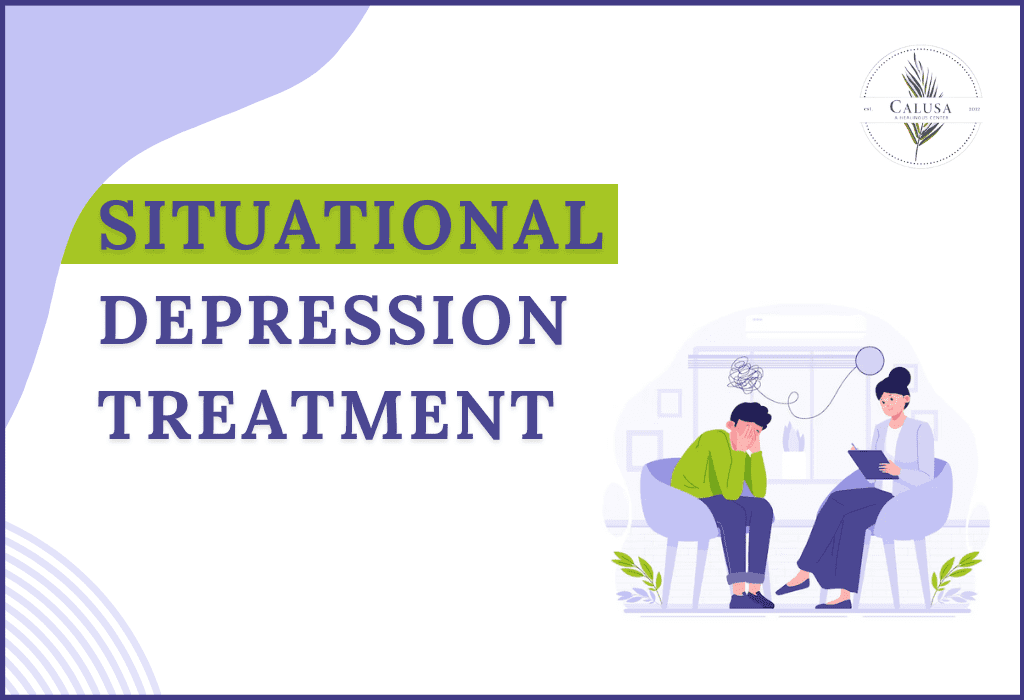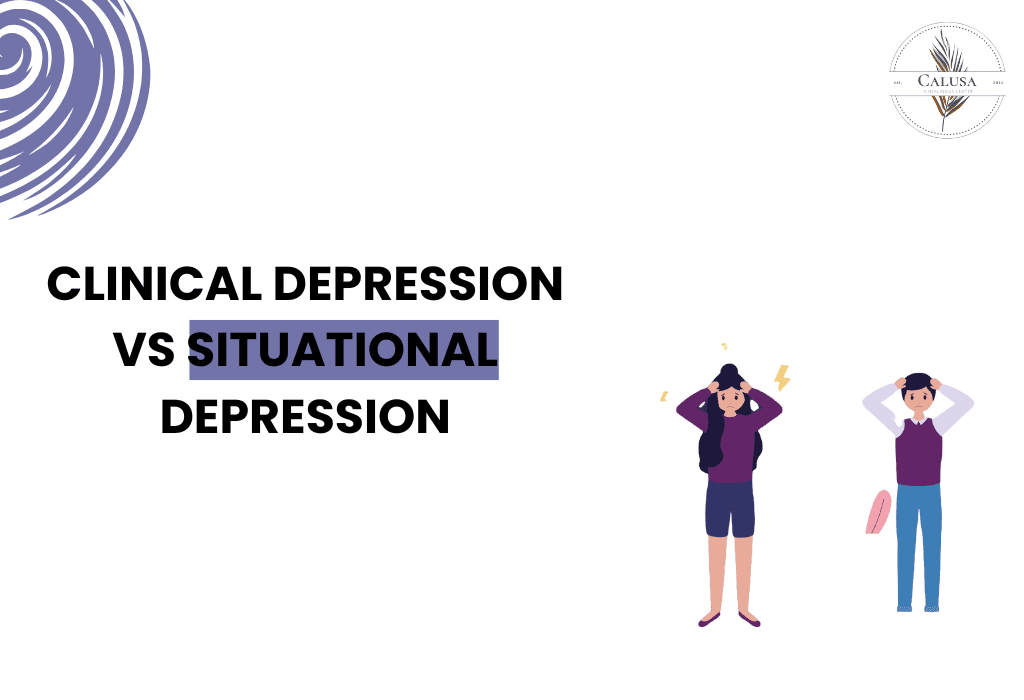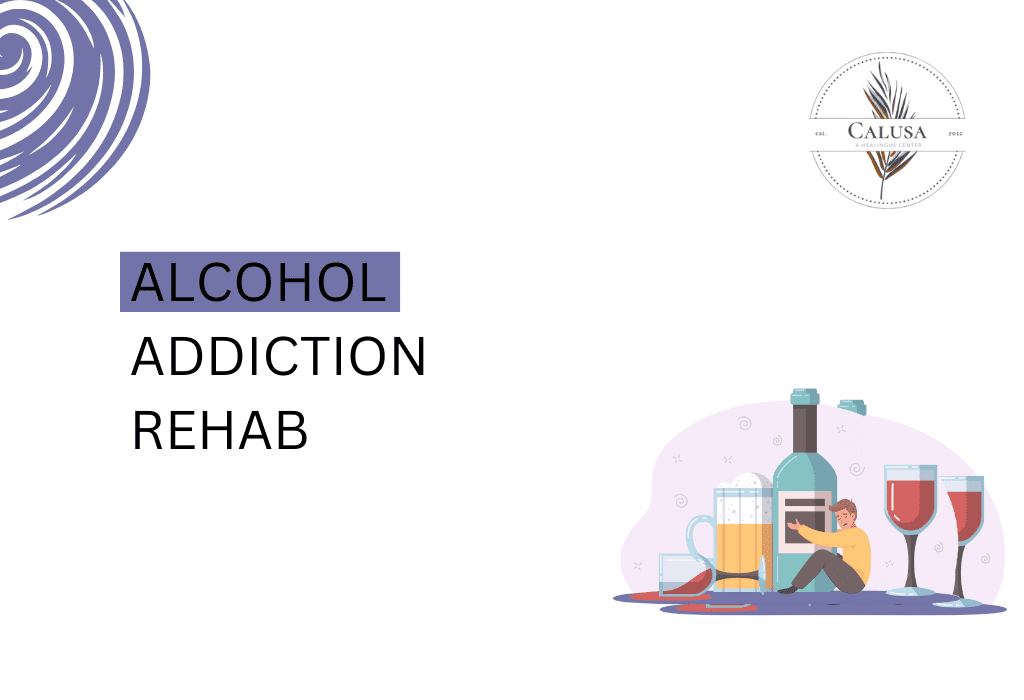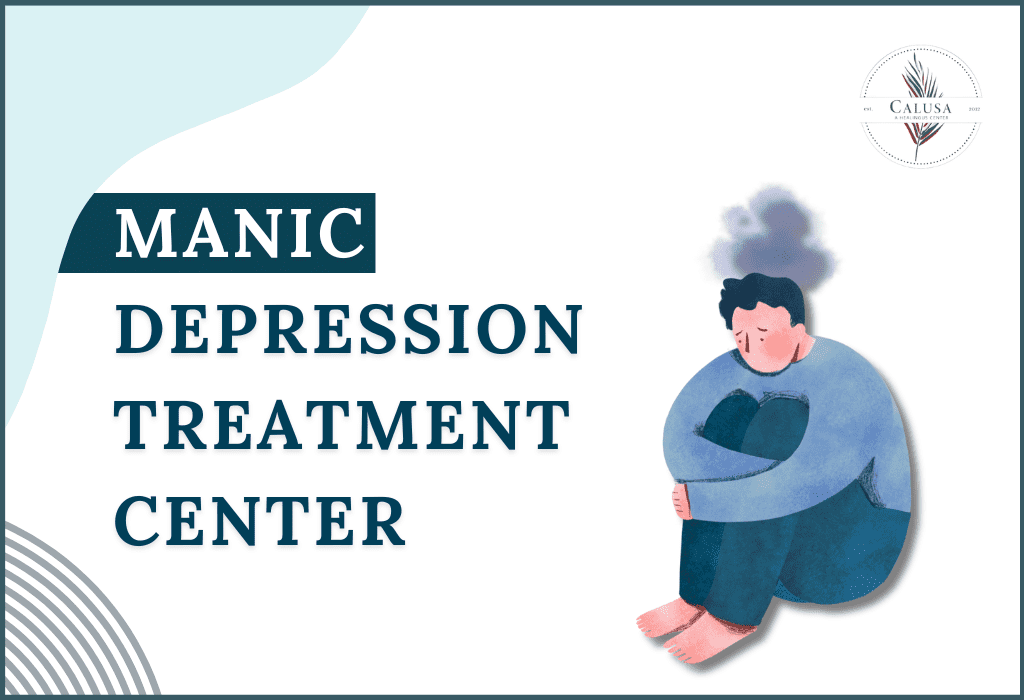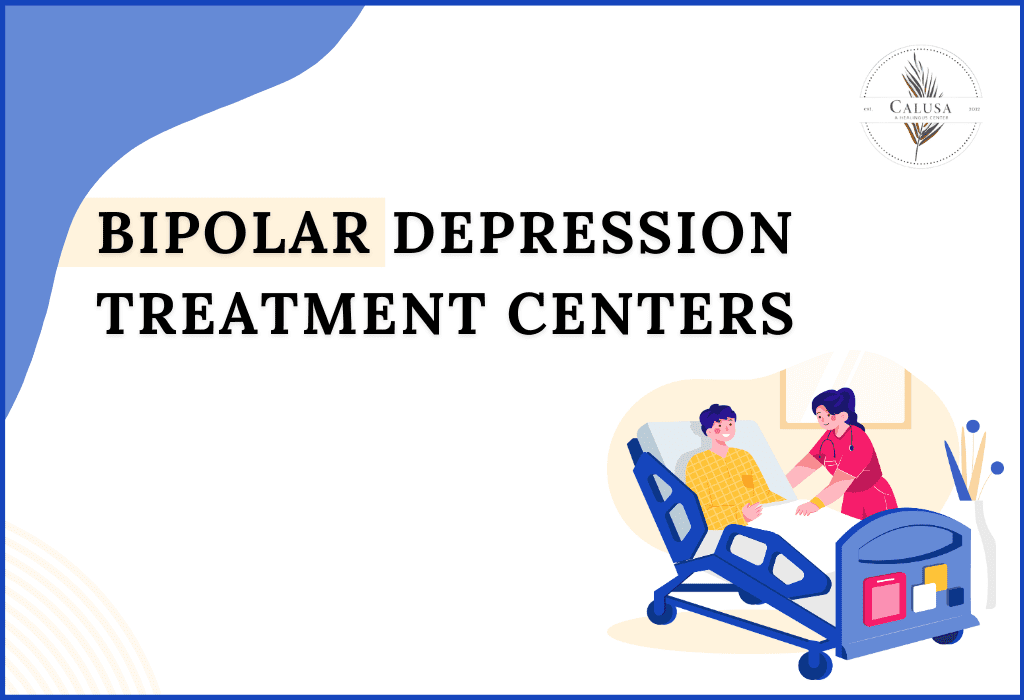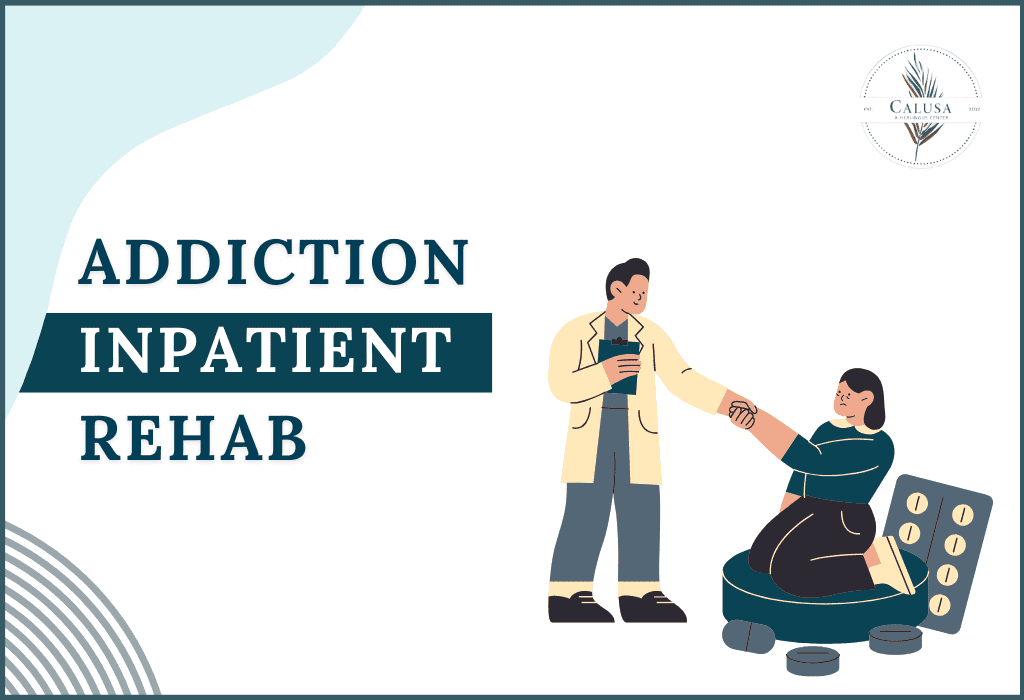Clonidine is a medication especially prescribed to treat high blood pressure, ADHD (attention deficit hyperactivity disorder), anxiety disorders, and certain ache conditions. While effective in managing these conditions, clonidine also has the potential for dependence and withdrawal symptoms when discontinued abruptly or after prolonged use. Clonidine withdrawal can be challenging to navigate, often presenting with a range of physical and psychological symptoms.
This blog will equip you with information on withdrawal symptoms from clonidine, how to manage them, and the importance of consulting a healthcare professional throughout the process.
Understanding Clonidine Dependence
Clonidine functions by stimulating alpha-2 adrenergic receptors in the brain, resulting in a decrease in sympathetic nervous system activity. When used regularly over an extended period, the body may adapt to its presence, leading to physical dependence. Dependence doesn’t necessarily mean addiction, but it signifies the body’s reliance on clonidine to maintain its normal functions. Abrupt cessation or rapid tapering of clonidine can trigger withdrawal symptoms as the body readjusts to functioning without the medication.
Signs and Symptoms of Clonidine Withdrawal
Clonidine withdrawal symptoms typically appear within 12-24 hours of stopping the medication and can peak within 2-3 days. The severity and duration of symptoms vary depending on several factors, including:
-
Duration of clonidine use:
Extended use of clonidine heightens the likelihood and severity of withdrawal symptoms, as the body becomes more dependent on the medication over time. Prolonged exposure to clonidine can lead to greater physiological adaptations, exacerbating the challenges of withdrawal when discontinuing the medication.
-
Dosage:
The likelihood of experiencing withdrawal symptoms increases with higher doses of clonidine, as larger amounts of the medication can lead to greater dependence on its effects. Higher doses may result in more profound physiological changes, amplifying the intensity of withdrawal symptoms when tapering off or discontinuing the medication.
-
Individual factors:
Individuals may experience clonidine retreat differently based on factors such as age, overall health, and genetic predispositions, which can influence how their bodies respond to the medication’s absence. Younger individuals, those with underlying health conditions, and those with specific genetic variations may be more susceptible to certain withdrawal symptoms or may experience them more intensely.
Standard physical symptoms may include:
- Rebound hypertension (elevated blood pressure)
- Rapid heart rate (tachycardia)
- Headaches
- Nausea and vomiting
- Sweating
- Tremors or shaking
- Insomnia or disturbed sleep patterns
In addition to physical symptoms, individuals may also experience psychological symptoms such as anxiety, agitation, irritability, and mood swings during withdrawal from clonidine.
Essential Considerations for Clonidine Withdrawal
Navigating clonidine withdrawal requires careful consideration of various factors to ensure a smoother transition off the medication.
-
Never abruptly stop taking clonidine:
This can lead to severe withdrawal symptoms, including a rebound hypertensive crisis (sudden, dangerous rise in blood pressure). Always consult your doctor about a safe tapering plan.
-
The severity of withdrawal can vary:
Some people might experience mild symptoms for a few days, while others might have a more intense experience lasting a week or longer.
-
Underlying conditions can influence withdrawal:
If you have any pre-existing health conditions, primarily related to blood pressure or heart health, it’s crucial to discuss them with your doctor before stopping clonidine.
-
Seek medical attention if symptoms worsen:
If you experience chest pain, difficulty breathing, or severe headaches, consult a healthcare professional immediately.
Coping Strategies for Withdrawal from Clonidine
While there’s no one-size-fits-all approach, here are some strategies that can help manage clonidine withdrawal symptoms:
-
Gradual tapering:
This is the safest and most recommended way to stop taking clonidine. Your doctor will develop a personalized tapering schedule, gradually reducing your dosage over time to minimize withdrawal severity.
-
Lifestyle modifications:
-
Healthy diet:
Eating a balanced diet rich in fruits, vegetables, and whole grains provides essential nutrients to support your body’s natural healing processes.
-
Regular exercise:
Engaging in moderate physical activity can help manage stress, improve sleep, and boost overall well-being. However, avoid strenuous exercise during the peak withdrawal period.
-
Relaxation techniques:
Practices like yoga, meditation, and deep breathing exercises can help manage anxiety and promote relaxation.
-
Adequate sleep:
Getting enough quality sleep is crucial for your body’s recovery. Aspire for 7-8 hours of sleep each night.
-
Stress management:
Identify and address stress triggers. Practice relaxation techniques and consider seeking professional help if needed.
-
Supportive environment:
Having a strong support system consisting of understanding individuals who can provide encouragement and empathy can significantly alleviate the challenges of coping with withdrawal. Their presence can offer emotional reassurance and practical assistance, making the withdrawal process more manageable and less daunting.
Maintaining Recovery Post-Clonidine Withdrawal
Overcoming clonidine withdrawal is a significant achievement, but the journey to sustained recovery continues. Here are key strategies to prevent relapse:
-
Identify triggers:
Recognize situations, emotions, or people that might tempt you to resume clonidine use. Develop coping mechanisms like relaxation techniques or seeking support from loved ones.
-
Maintain a support network:
Surround yourself with people who understand your recovery journey and can offer encouragement. Think about entering a support group for individuals overcoming addiction or withdrawal.
-
Continue healthy habits:
Prioritize a healthy diet, recurring exercise, and sufficient sleep. These contribute to overall well-being and reduce stress, a potential trigger for relapse.
-
Seek professional help:
Address any underlying mental health conditions that might have contributed to clonidine dependence. Therapy can equip you with tools to manage cravings and navigate challenges healthily.
-
Regular follow-up visits:
Maintain communication with your physician. They can monitor your progress, address any lingering withdrawal symptoms, and offer guidance to prevent relapse.
Conclusion
The final say, clonidine withdrawal can be a challenging experience, but with proper guidance and support, you can successfully navigate it. Recognize, that you’re not alone in this process. Consulting your doctor is crucial for developing a safe tapering plan, monitoring your progress, and managing withdrawal symptoms. You can further support your body’s healing process by implementing lifestyle modifications like healthy eating, regular exercise, and relaxation techniques.
Maintaining a strong support network and seeking professional help when needed are invaluable resources to prevent relapse and ensure long-term recovery. With dedication and a commitment to your well-being, you can overcome withdrawal from clonidine and achieve a healthier, clonidine-free future.
Take the first step towards recovery today and prioritize your well-being. For professional care and support tailored to your individual needs, consider reaching out to Calusa Recovery or 866-939-6292. Our team of experts can provide guidance, therapy, and resources to assist you on your journey to recovery.
FAQ’s
Que: What is the most severe form of withdrawal?
Delirium tremens (DTs) stand out as one of the most severe consequences of alcohol withdrawal, often emerging following prolonged and heavy alcohol consumption. This condition predominantly affects individuals with a prolonged history of alcohol dependence or those who have encountered severe withdrawal symptoms in the past.
Que: How long does discontinuation syndrome last?
Symptoms typically manifest within a span of two to four days following the discontinuation of the drug and typically endure for one to two weeks, though in some cases, they may persist for up to a year. Should the same or a comparable drug be reintroduced, symptoms can be resolved within one to three days.
Que: What may occur if clonidine is stopped abruptly?
The sudden cessation of clonidine can lead to significant spikes in catecholamine levels, heart rate, and blood pressure, potentially resulting in symptoms such as nausea, vomiting, and palpitations. These abrupt physiological changes can cause discomfort and may necessitate medical intervention to manage the associated symptoms effectively.
Que: What organ does clonidine affect?
Clonidine functions to lower blood pressure by reducing heart rate and dilating blood vessels, facilitating smoother blood flow throughout the body. Additionally, extended-release clonidine tablets may address ADHD symptoms by modulating the brain region responsible for attention and impulsivity regulation.

